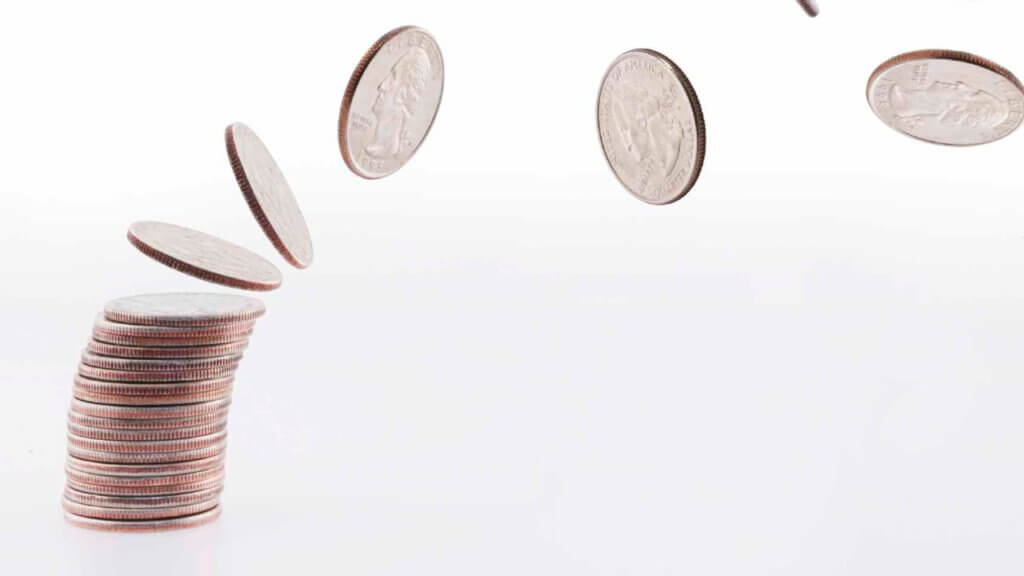
Ask any hotel marketer about their Paid Search strategy and you’re bound to end up discussing one thing; keywords.
NB: This is an article from Triptease
Selecting the right words to bid on is a pivotal part of Paid Search (at least, it’s half of it – the other half is bidding strategy). When hotel marketers think about their search strategy, they usually think about what generic ‘unbranded’ keywords they want to rank for, such as “hotels in Seattle.” But in the process, they may be overlooking the most important keywords of all – their own.
Subscribe to our weekly newsletter and stay up to date
You might think that bidding on your own name is a waste of money, since it’s essentially paying for people who already know they want to stay at you hotel. Unfortunately, in a world where Online Travel Agents (OTAs) exist, this isn’t the case. If you don’t bid on your hotel name keywords, they will.
The concept of ‘brand hijacking’ – when OTAs bid on and use hotel brand names in online advertising – is not new, and it’s not necessarily specific just to the hotel industry, but recent Google algorithm changes have increased the effect this has on hotel bookings and revenue. Unfortunately, OTAs often have the legal right to do this because of certain contractual clauses.
A study into paid search by travel firms has found OTAs Booking.com, On the Beach and Trivago dominate this traffic acquisition channel. The research, by Kantar Media, found that three out of four of all desktop clicks for hotel keywords are captured by OTAs. Unsurprisingly, this huge traffic grab is supported by huge budgets.
And big budgets are something OTAs have no shortage of. Expedia Group’s sales and marketing budget increased 150% year-on-year to $1.3 billion at the end of 2021. Booking.com’s investment in marketing also saw significant growth in Q3, almost doubling year-on-year to $1.38 billion. CEO Glenn Fogel has said the company was also benefitting from performance marketing, which includes channels such as Paid Search, indicating a large chunk of their budgets will be spent here.
Why is this such a problem?
Making larger bids enables OTAs to win those coveted higher rankings. Most searchers aren’t able to distinguish between paid and organic listings, and likely won’t notice if the URL they’ve clicked on actually leads to your direct website or to an OTA. Therefore, appearing in the first few listings enables OTAs to funnel traffic away from you, claim bookings that should have been yours, and reinforce the (often incorrect!) belief that they have cheaper prices.
This is why branded keywords are sometimes referred to as ‘brand protection’ keywords. It’s important that you’re bidding on these keywords if only for insurance purposes.
So what’s the best strategy to achieve this? We asked digital marketing and PR expert, Alex Velazquez – National Director of Marketing at Westgate Resorts – to share his expertise in our Hotelier’s guide to Paid and Organic Search in 2022. Here’s what he had to say.
Branded keyword ad strategy
Firstly, in relation to your overall Search strategy, Metasearch should always be the first port of call for every hotel when considering where to invest.
“If you think you’ve maxed out your Metasearch, think again.” Alex explains, “Not only is it proven to drive the most return, it can also fuel a lot of your other channels. Make sure you’re getting every impression and click that you can through that because, in my experience, the return on ad spend (ROAS) you’ll get from Metasearch is usually 20-30% higher than the return you’ll get on a conventional search ad”.
Alex’s advice is that once you’ve got Metasearch in place and you’re getting an impression share of more than 90%, go back and put all of your budget into branded and brand protection ads. Run that for 30-60 days and you’ll see your overall ROAS numbers looking much stronger.
It’s important to look at impression share, and at the context of that particular market. Metasearch ads should be going upwards of 85-90% impression share (so long as you’re direct prices are in parity!), and your branded ads should be in a similar area.
Make sure to be going through forecasting every two weeks or so. There’s a forecasting capability inside Google Ads where you can calculate if going to 100% impression share would get you what you want in returns. If the answer is no, then you’ve probably already arrived where you need to be – but even then Alex suggests adding on a couple more percentage points of impression share because these are the highest return Paid Search ads.
As mentioned at the start, your keyword strategy is only one half of your overall Paid Search strategy. The other half is when and how much you choose to bid.
Even though ‘branded’ keyword searchers indicate being at a lower point in the funnel, there will still be varying levels of intent within this segment. For example, those who have visited your website a few times already or even made a search on your booking engine will be even more likely to convert. Given the seemingly unlimited budget and resources available to OTAs, they are able to blindly bid for all traffic, and drive all costs up in the process. This is when it’s important to work smarter, not harder.




